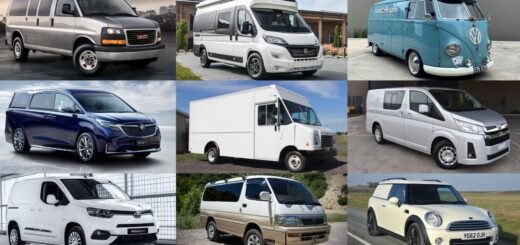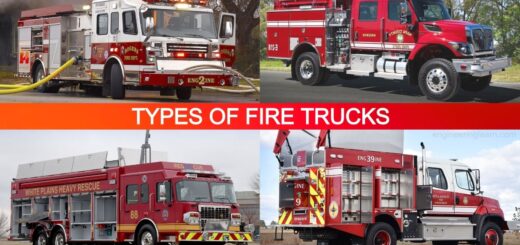Types of Small Cars | Names of Small Cars | Benefits of Small Cars | Limitations of Small Cars
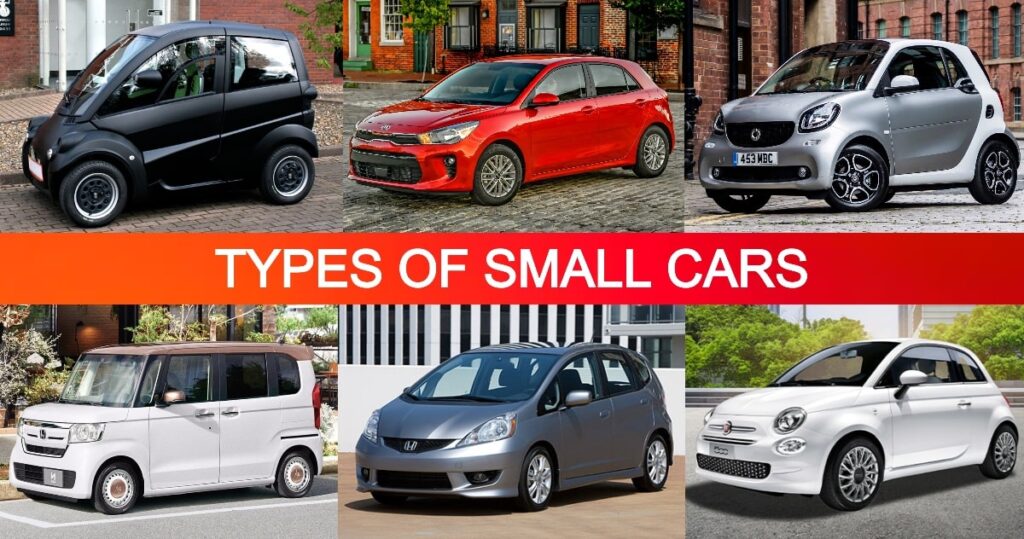
Small Cars Introduction:
Types of Small Cars | Names of Small Cars | Benefits of Small Cars | Limitations of Small Cars: – Many individuals believe small cars to be a modern evolution of the car, however, small cars have been manufactured in the mid-nineteenth century. The reasons manufacturers produce small vehicles are changed however fulfill public interest for a little, reasonable, conservative type of transportation. Thus, there are fewer materials required to make them. Additionally, there’s less space for some pictures that you see in larger vehicles, which again saves money according to your viewpoint. As a result, lots of individuals are ‘downsizing’ from large cars to these small ones, simply to set aside cash. ( Types of Car )
The Classification of small vehicles ranges from micro-cars to mini cars, subcompacts, mini-compacts, and compact cars. This type of vehicle has brought forth a few notable vehicles and offerings from makers of modern extravagance vehicles. These cars made motoring accessible to a wider extensive scope of the general population.
The popularity of small cars makes them exceptionally simple for you to sell . Especially as more individuals are moving to urban communities and want a cheap car to assist them to get around.
Types of Small Cars:
1. Micro Cars: ( Types of Small Cars )

Micro cars have a more extended history than most people expect and are the smallest car classification as of now still in production. These cars are in the advanced transition zone between motorcycles and cars, replacing the verifiable cycle car.
Most of the time, micro cars are powered by cruiser motors, yet a few makers designed motors explicitly for their micro cars.
Since a large number of these vehicles are controlled by motorcycle engines, they commonly have under 700cc motors, however, modern-day versions can have around 1000cc.
The micro car turned into a replacement for the motorcycle and provided better security for commuters against inclement climates. Numerous micro cars were designed with a 3-wheel configuration instead of the standard 4-wheels.
Micro cars are economical to run and cheap to buy and keep up with, yet they have individual and freight carrying capacity restrictions.
2. Smart Cars: ( Types of Small Cars )
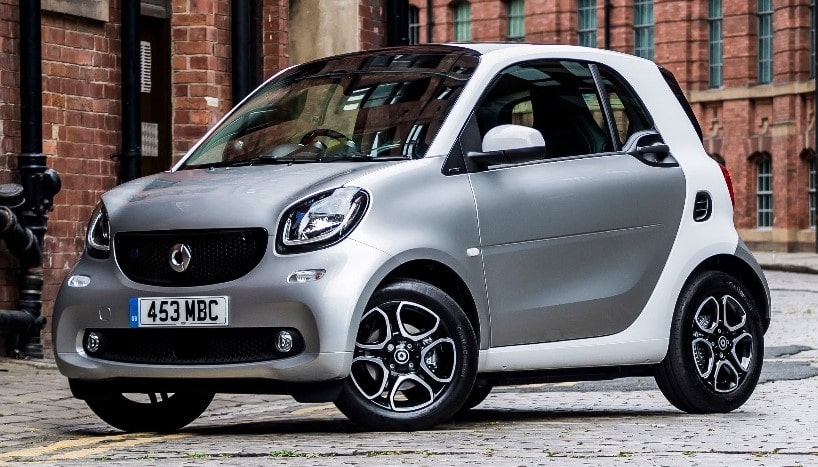
Smart cars are mini cars produced and delivered by the auto-manufacturer Daimler AG. One of the most famous and popular in the range was the Smart For two hatchback. This is a two-person vehicle with a rear-mounted 599cc petroleum engine or a 799cc turbo diesel engine. The smart car became famous among youngsters because of its affordability and efficiency but on the other hand, was well known among the retired demographic for similar reasons.
Savvy or smart cars have more space accessible in the interior than prior micro cars, making these cars a more flexible choice.
3. Kei Cars: ( Types of Small Cars )
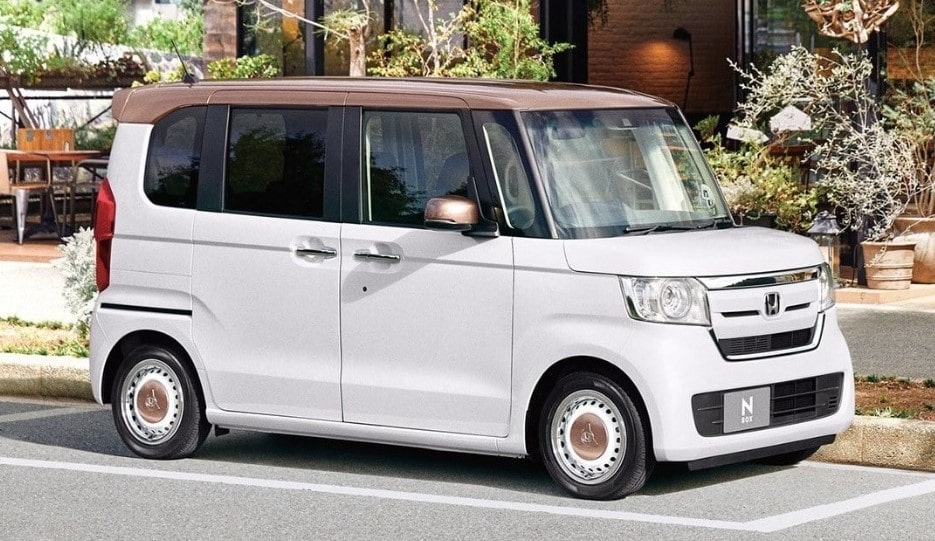
Kei vehicles may be contrasted with the micro car and are the smallest class of highway legitimate cars allowed to carry travelers. These vehicles transformed into notable, more affordable elective vehicles in certain nations and are as yet to be produced as a result of the interest for these vehicles. Current Kei cars are still produced and exported by Japan are the Daihatsu Cuore, the Suzuki Jimny, and the Toyota Pixis Joy.
4. City Cars or Mini Cars: ( Types of Small Cars )
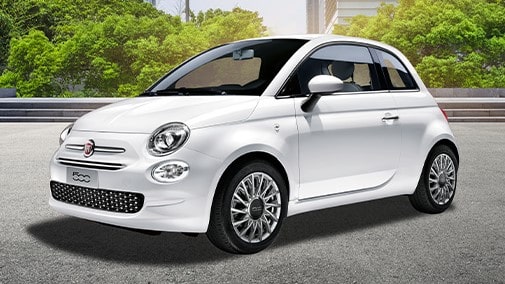
Mini car is a name given to various small cars, ranging from the iconic Mini Cooper to the European classification of the compact City Car.
The universal Mini covers an extensive variety of small-car sizes, from the Mini Cooper, which can be included in the micro car class. Subsequent variants of the Mini produced by BMW range in size from hatchback to subcompact. The German-made Minis are generally not small enough to be named micro cars.
These cars are designed to deal with the conflicts of city driving and to make driving in city traffic simpler and more affordable than bigger cars. Mini cars or vehicles or City cars are bigger in size compared to counterpart micro cars. Micro Car makes them more suitable and flexible for small families.
5. Compact Cars: ( Types of Small Cars )
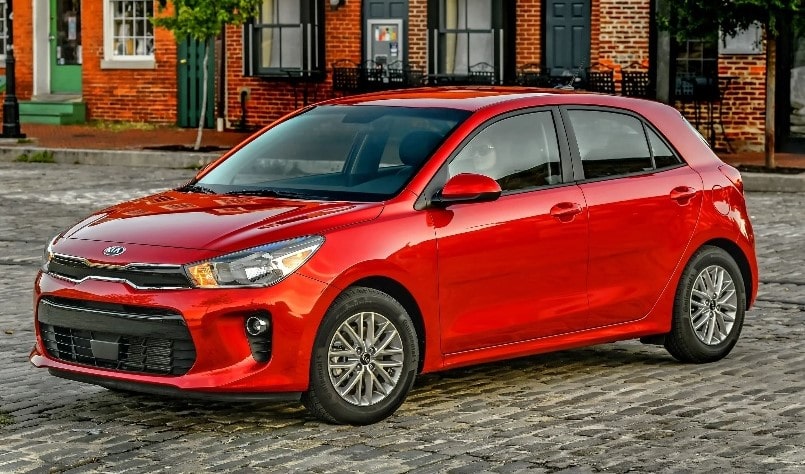
A compact is an automobile class classification that equates to the C-segment European car classification.
The Modern or cutting-edge, official definition depicts these cars as having a most extreme interior volume of 100 – 109 cubic feet, or 2.8 to 3.1 cubic meters, including passenger and freight carrying space in the vehicle.
This volume definition of a compact car implies that the characterization can incorporate any car shape, from a hatchback to a sedan. The classification or characterization likewise implies that some car models can be classified into various classes in each model generation.
6. Subcompact Cars: ( Types of Small Cars )

Subcompact Cars – Well-known subcompact vehicles incorporate the Mini Hatch, Ford Fiesta, Toyota Yaris, and the Opel Corsa.
7. Mini Compact: ( Types of Small Cars )
The Mini compact is the name most generally utilized in some countries for city cars or mini cars and is classified as A-segment cars in some other countries. Because of the compact or minimal size of these cars, the most well-known common body shapes are the hatchback and hybrid SUV styles.
8. Hatchbacks: ( Types of Small Cars )
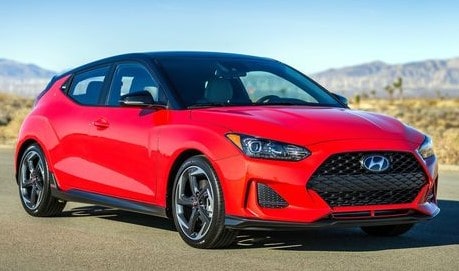
The hatchback is a term related more to the style of the vehicle than the size. In any case, the hatchback design and configuration lends itself more to smaller-sized cars, which is the reason the term has become related to small cars. A hatchback design is basically a tailgate that is dependent on the roof of the vehicle, and when opened, the hatchback swings upwards. This creates a wide opening in the back-end of the vehicle, making loading and uploading of the vehicle simple.
Since the term hatchback is a body style as opposed to size, hatchbacks can be found in an extensive variety of vehicle sizes, from micro cars to compact cars.
9. Bubble Cars: ( Types of Small Cars )
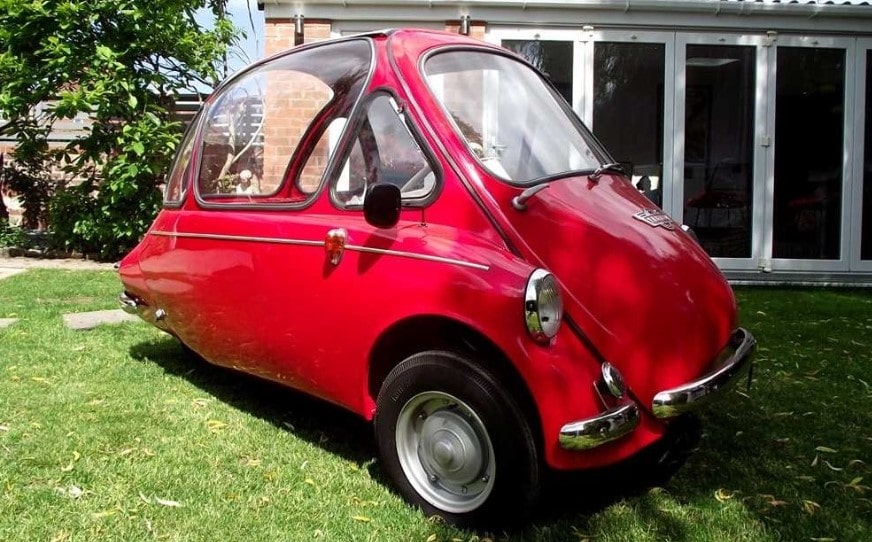
Bubble car was the name given to a style of the micro car. The name is basically derived from the design of the upper part of the car, which resembled the canopy of a fighter airplane, which was in many cases called the air pocket or bubble.
Some of these bubble cars likewise hand an unusual egg shape, which contributed to the bubble depiction of these vehicles.
A significant number of these cars were 3-wheeled vehicles to take advantage of more relaxed vehicle laws and regulations for 3-wheeled cars. The Peel Trident is a great representation of this kind of car.
10. Cycle Cars: ( Types of Small Cars )
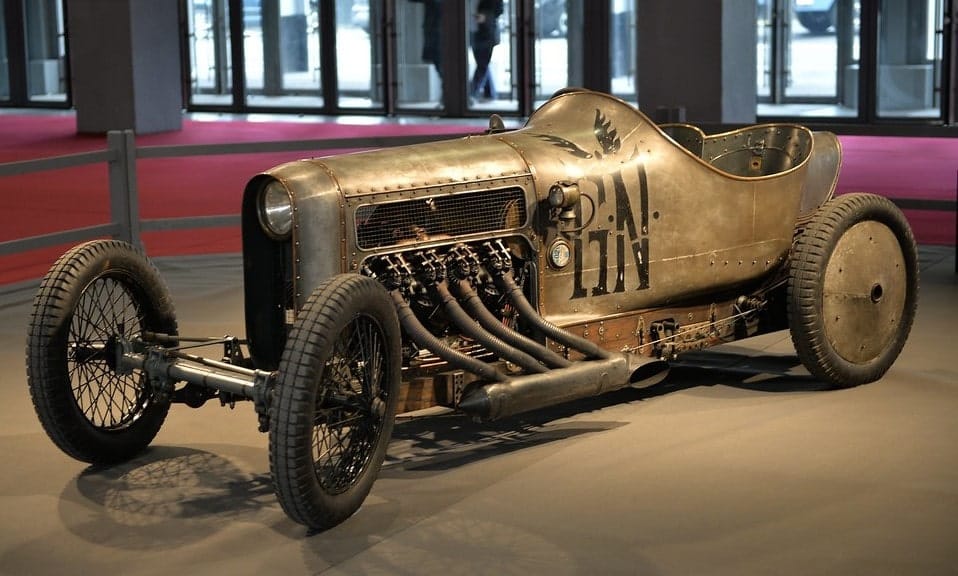
Cycle cars could ordinarily only accommodate two individuals sitting in a tandem configuration, with the traveler straightforwardly behind the driver. This is like the game plan of a bike, from which the design of these cars was determined. Later models changed this configuration with the traveler positioned alongside the driver.
Cycle cars were open to the climate, as were numerous vehicles of the day, and didn’t give many benefits in that frame of climate protection for drivers and travelers. Be that as it may, these cycle cars were more reasonable and could carry a larger payload than a bike, expanding their popularity.
Benefits of Small Cars:
- Small cars have better gas mileage than large vehicles
- Small cars often cost less than larger vehicles
- They are easier to park and maneuver
- Small cars give fun and different driving experience
- Small cars are popular for resale
- Small cars sometimes are more reliable since they are more basic and for the most part, utilized around the world
Limitations of Small Cars:
- Small cars have less horsepower so can find an opportunity to get to faster speeds and will be slow going up large hills and rough territory
- Small car does not give as smooth a ride as bigger cars
- Small cars may be more perilous whenever involved in a car accident
- Less space for drivers, travelers, and freight
- You might have a hesitant outlook on how you look in a small vehicle, particularly when the larger cars continue to cruise you by.
- More small cars are less spacious and could become awkward on long excursions for numerous travelers.
Why There is more Preference to Purchase Small Cars?
The following are a few significant focuses you want to consider as the reason why there is an inclination toward small vehicles
- In the event that you’re hoping to set aside your cash, a small car is your ideal choice. Small cars for the most part have better fuel efficiency and are less expensive to insure.
- Numerous small cars are popular among youthful drivers on a budget for this reason like utilized Mini hatch cars.
- Big cars are better for those with a greater financial plan – in addition to the fact that they are more costly to buy, but at the same time, they’re more costly to safeguard and catch fire more fuel.
- The type of location wherein you live could likewise decide if a big car or small car is better suited for you. If you live in a city, it’s coherent to purchase an all the more little vehicle that will be more feasible.
- Small cars are better for adapting to narrow roads, in addition to you’ll have the option to take advantage of small spaces for parking.
- In the event that you live in a rural area in the meantime, a bigger car is probably going to be more reasonable. Bigger cars for the most part have more ground leeway, improving them at managing harsh territory.
- Space is a major variable to consider. More small cars are probably going to have smaller boot space.
- In the event that you want to carry a lot of belongings around with you whether this is work equipment or baggage, a bigger vehicle is sure to be more practical.
- Bigger cars may likewise be more qualified for carrying additional items, for example, a rooftop rack or a bike on a bicycle rack. Those with big families could likewise have no real option except to purchase a big car. Some small cars might, in any case, have three seats toward the back, however, at times, this middle seat is fundamentally unusable.
Conclusion
The advancement of small vehicles is an interesting part of the historical backdrop of automobiles, for certain outwardly striking contributions from surprising manufacturers, harking back to the 1940s, 50s, and 60s. Car manufacturers have built on these designs to deliver the small modern cars that a portion of the market’s biggest sellers.
Content Source: – lemonbin, axleaddict, flushthefashion
Image Source: – heycar, motor.es, fiat, usatoday, money.cnn, gradeautopart, handh, flickr

